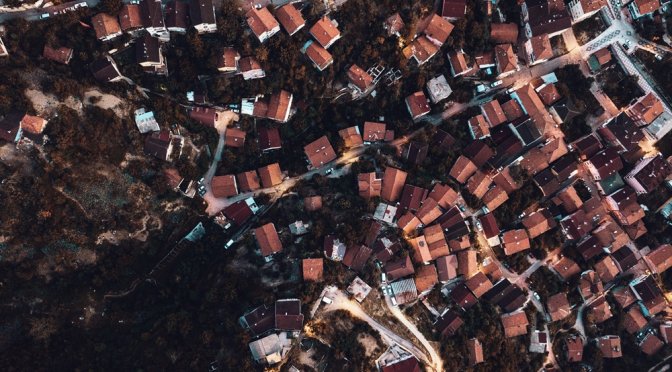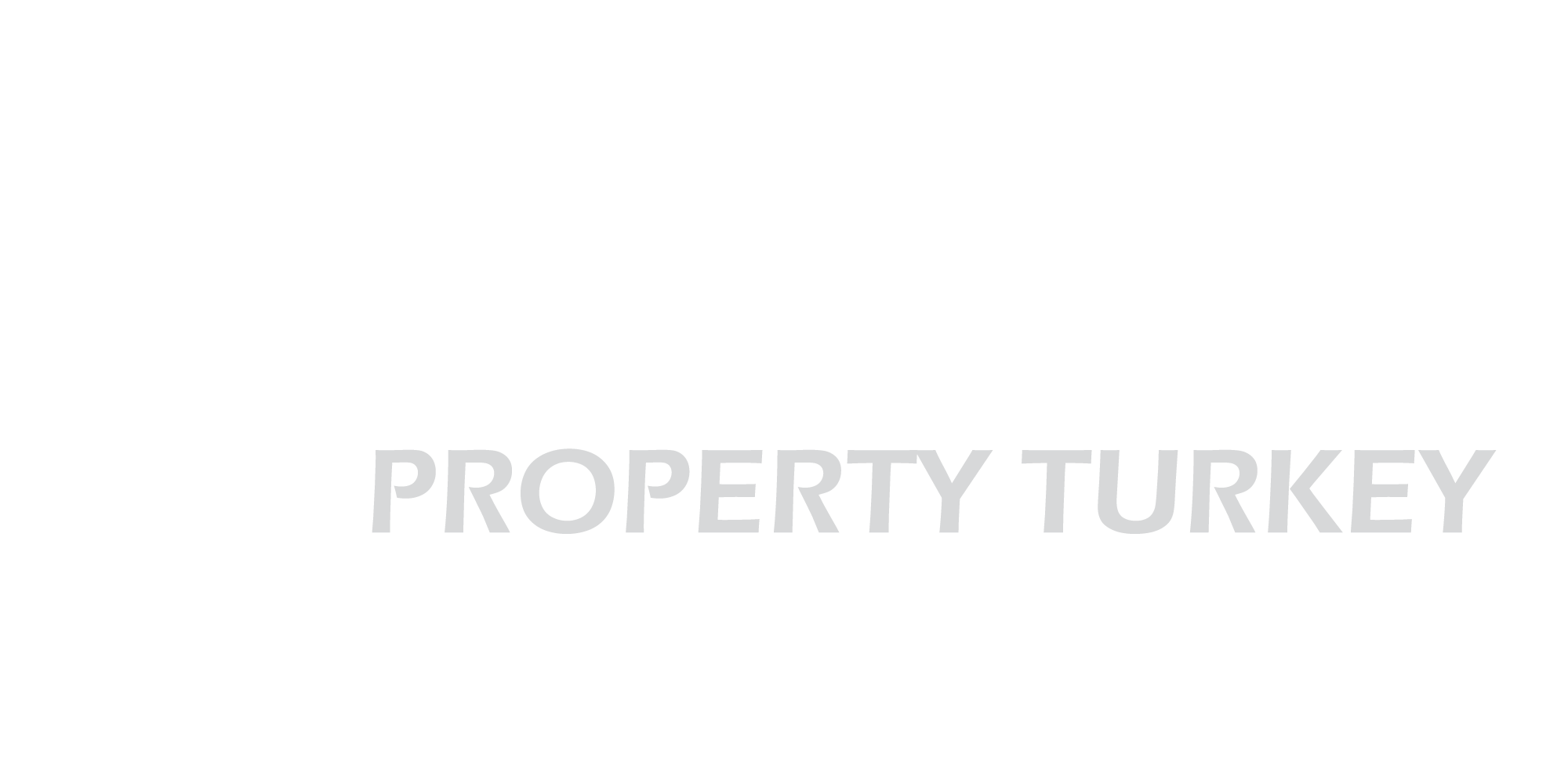Turkey Property Market Outlook

During the summer of 2018, Turkish Lira lost one third of its value very quickly. This circumstance created a very attractive market for foreign investors. Especially, Turkish property has become much cheaper to tourists and investors carrying almost any currency. For example, a grand coastal villa selling for 5.5 million lira would have cost a U.S. buyer roughly $1.146 million in July but only $859,000 in September off the exchange rate alone. Results of this period were no surprise for anyone.
Turkey’s Real Estate Market is Under the Radar of Foreign Buyers
Foreign investment opportunities in Turkey are much clearer now after the devaluation of the Turkish Lira. Therefore, foreign buyers rushed into Turkish real estate market and purchased more homes in the second half of 2018 than in all of 2017. In addition, Turkish government also needed the foreign investment. With a new upgrade, government eliminated the 18% value-added-tax on real estate purchased with foreign currency. So, apart from the advantages of the exchange rate, foreigners had another 18% discount.
Turkey’s Citizenship by Investment Program is Another Contributing Factor
Economic situation of Turkey is undoubtedly a big incentive for foreign investors. However, the boom in Arab and Middle Eastern buyers is also the result of Turkey’s Citizenship by Investment Program. In September, the government lowered the investment threshold of the program from US$1 million to only $250,000. About this, Mr. Walker, the director of Spot Blue International Property, said “I think there’s been a more significant reaction to that than the currency,”.
Focus of the Foreign Investor
Foreign buyers have given Ankara, Turkey’s landlocked capital, the biggest boost, with sales to such buyers soaring 160% in 2018. Istanbul saw a 74% uptick in sales to foreigners, according to government data. Away from the hustle and bustle, sales to foreigners jumped roughly 70% in the Mediterranean resort area of Antalya.
According to the managing partner of the Bodrum office for agency Engel & Voelkers, Heike Tanbay, real estate investment in Turkish’s luxury vacation spot Bodrum is revitalized, too.
Bodrum Draws Foreign Buyers from Everywhere
Halicarnassus, on modern-day Turkey’s Aegean coast, was famous for its Tomb of Mausolus, one of the Seven Wonders of the Ancient World. Today, it’s called Bodrum, and it’s quickly gaining a reputation as Turkey’s answer to St. Tropez and Mykonos. With traditional markets and picturesque streets, luxury hotels, shopping, and stunning sea views, Bodrum has become a premiere escape for the rich and famous.
Bodrum has a Mediterranean climate and enjoys over 320 days of sun over the course of the year, says Darren Edwards, director of Luxury Property Turkey. Boutique restaurants, excellent infrastructure, and luxury developments have sweetened the area’s international appeal in recent years.
Thanks to Bodrum’s three international marinas, well regarded hospitals, and private schools, the peninsula is increasingly sought-after for year-round living. Sailing, yachting, and cruising around the peninsula’s Aegean coast are popular activities. The Greek islands of Kos, Samos, and Patmos are all within 50 nautical miles of Milta Bodrum Marina, D-Marin Turgutreis, and Yalikavak Marina.
With 620 berths, Yalikavak Marina, completed in 2012, is Turkey’s first high-capacity mega-yacht marina. Its hotels and upscale shopping contributes Bodrum’s reputation as a sophisticated, luxury spot. Including shops like Missoni and Armani, Yalikavak Marina is a big factor of Bodrum’s upscale image.
Pricing in the Peninsula
For around €450,000 (US$506,000), buyers could hope to find a 200-square-meter villa with three bedrooms, a pool, and a sea view. Yet, larger luxury homes on the peninsula— a 350- to 500-square-meter home on a 5,000-square-meter lot, for example—are in excess of €1.5 million.
“Condos within luxury hotels with private residences, such as Marriott’s The Bodrum Edition, start at around €1.2 million,” Mr. Edwards says.
Architecture of the Peninsula
“Traditionally, we’ve been restricted to two-story, white-washed homes with flat roofs [in central Bodrum], which gives it a very Greek-like style, and thankfully zoning has protected that,” Mr. Edwards says. However, this started to change in the last few years. Especially outside of the centre, there is greater diversity in styles now. According to Mr. Walker, modern homes with high ceilings, glass, and lots of natural light are becoming more common, particularly in Yalikavak.
“Luxury condos and villas regularly include amenities such as radiant floor heating, eco-friendly materials, and smart technology,” Mr. Edwards said. Mr. Walker also notes that home theatres, saunas, pools, and private garages are also common.
Is It a Good Idea to Invest in Turkey?
Both Mr. Walker and Mr. Edwards estimate that about 20% of buyers are in the market for a primary residence. Half of the remaining 80% are interested in second homes, and the other half are seeking a retirement home. Recently, growing international interest is driven especially by British, European, and American buyers, Mr. Walker says.
Mr. Walker argues that Turkey evolves into “a significant hub in the European-Middle Eastern world, and I would anticipate further growth.” With major projects like a 28-mile-long canal linking the Black Sea to the Sea of Marmara and Istanbul’s massive new airport, Turkey aims to keep growing. As the Turkish market is lower than it ever was now, it is not unrealistic to buy property with low costs and expect returns. Therefore, it is a good idea to invest in Turkey.

